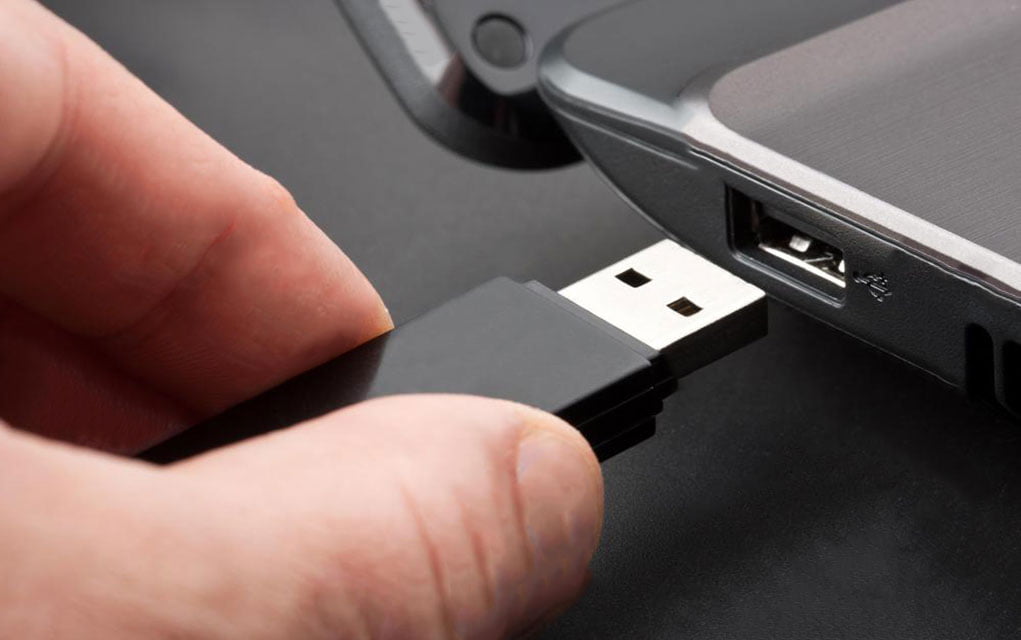If the option to automatically mount USB devices has been disabled, or if the device has been unmounted, you can manually mount it by using terminal:
- Type
fdisk -land press “Enter” to find the device name of your USB drive. It will look similar to “/dev/sdb/.” - Type the command
file -s /dev/sdband press “Enter” to find the file system of the drive, replacing “/dev/sdb” with the correct device name. The FAT32 file system will be listed after “OEM-ID” as “mkdosfs” and the NTFS file system will be listed as “NTFS.” If “EXT4” is listed in the results of the command, the drive uses the Linux EXT4 file system. - Create a mount point for your device by typing
mkdir /mnt/externaland pressing “Enter” A mount point is simply a directory where the files from your drive will be linked so that you can locate them. The directory name, “external” in the example, can be any name that you would like, just avoid using spaces and remember that the name is case-sensitive. - Mount the device with the
mount -t vfat /dev/sdb /mnt/externalcommand, followed by the “Enter” key. Replace “sdb” and “external” with the appropriate device and directory. Replace “vfat” (used for FAT32 file systems) with “ntfs-3g” for NTFS file systems or “ext4” for EXT4 file systems. To unmount the drive when you are finished, typeumount /dev/sdband press “Enter”


